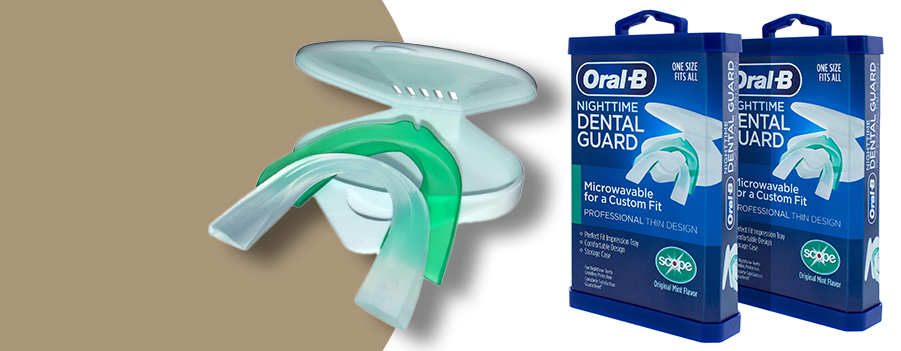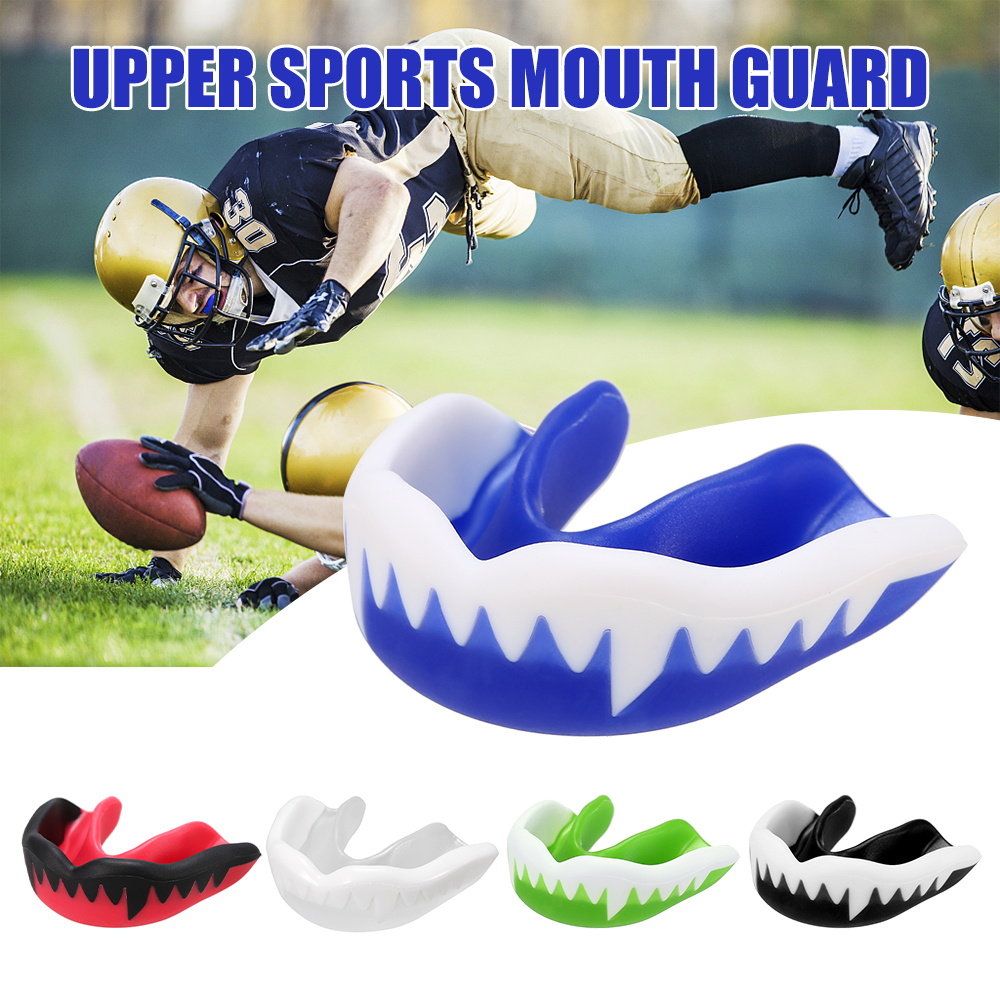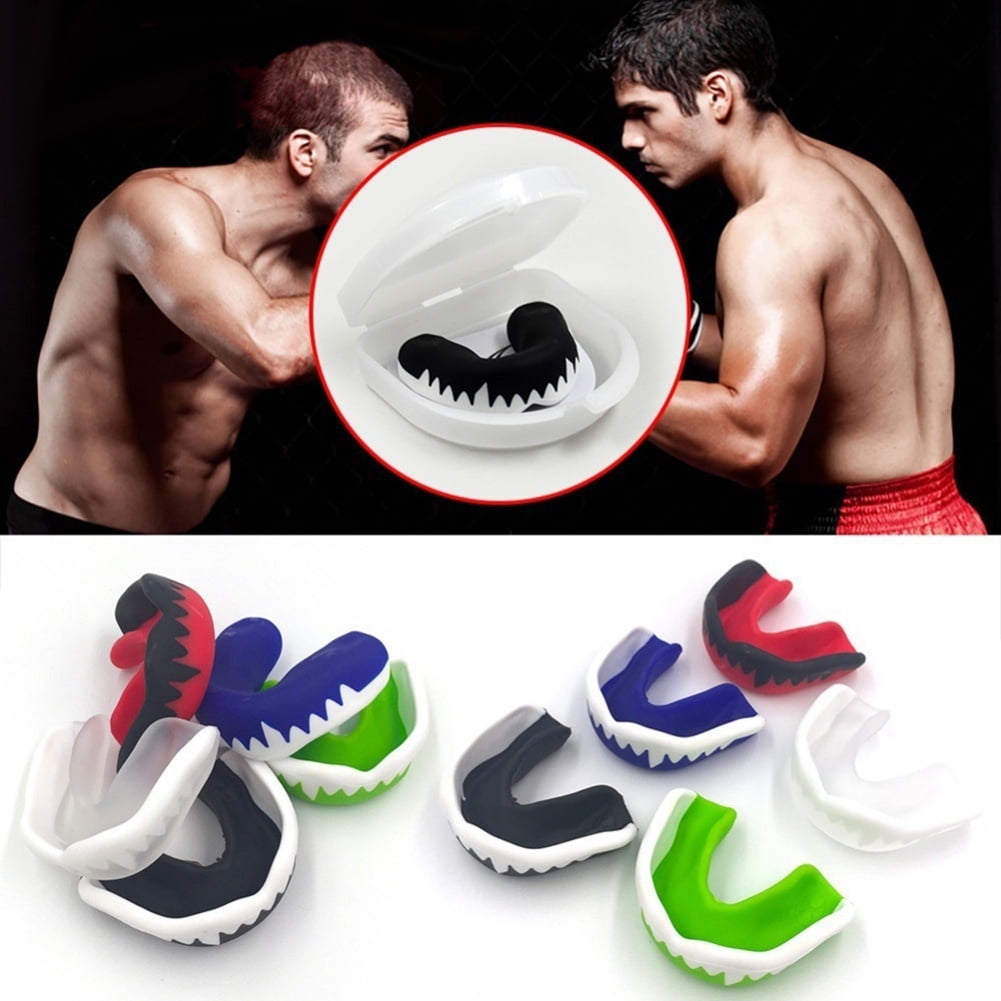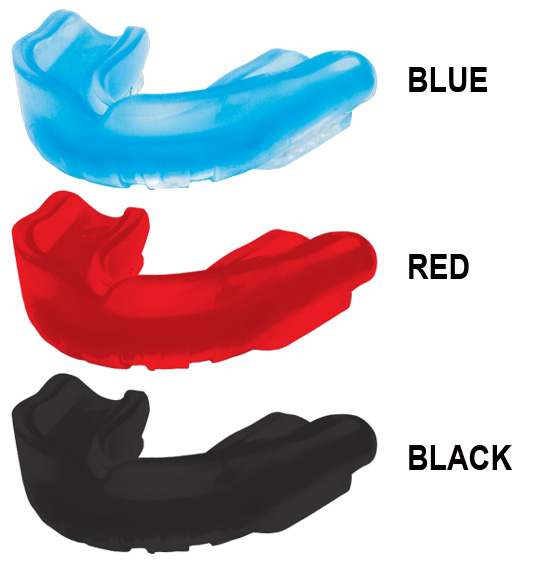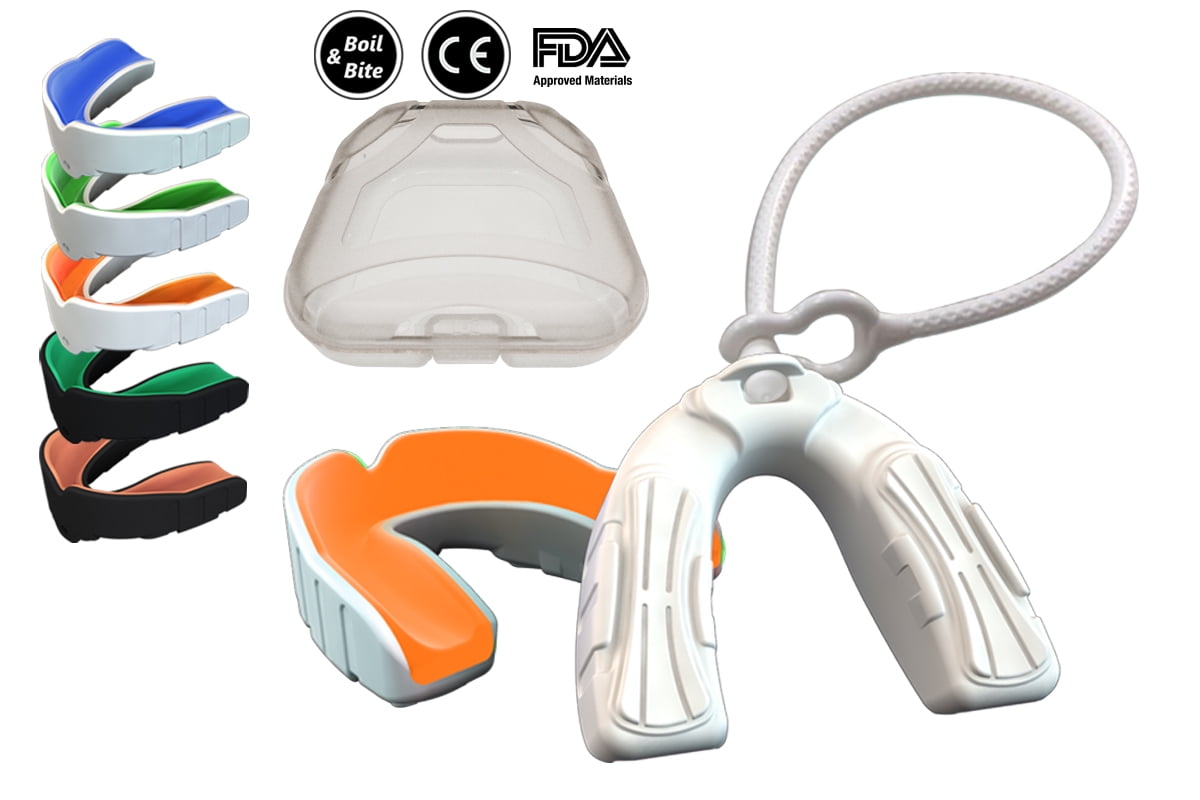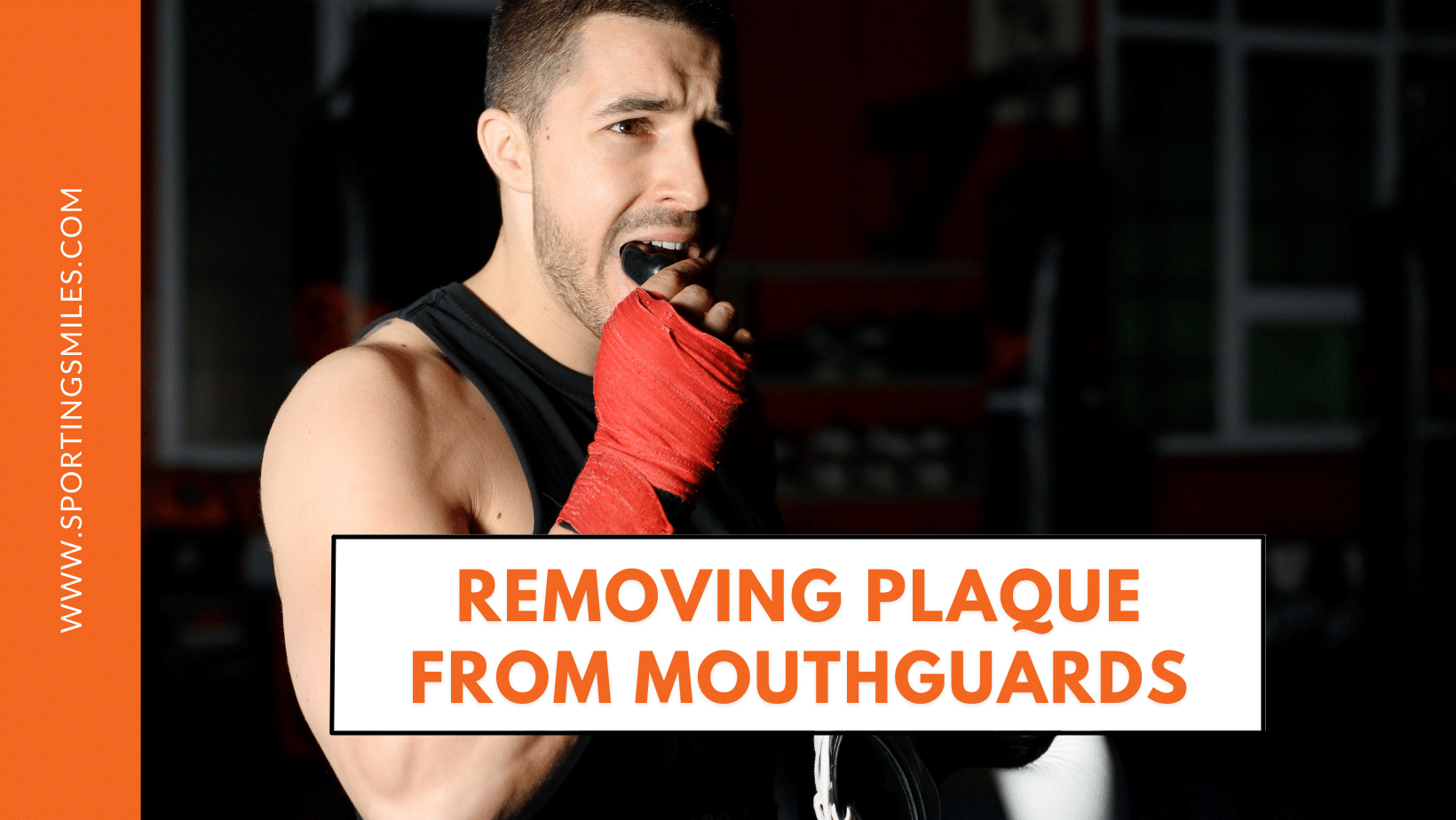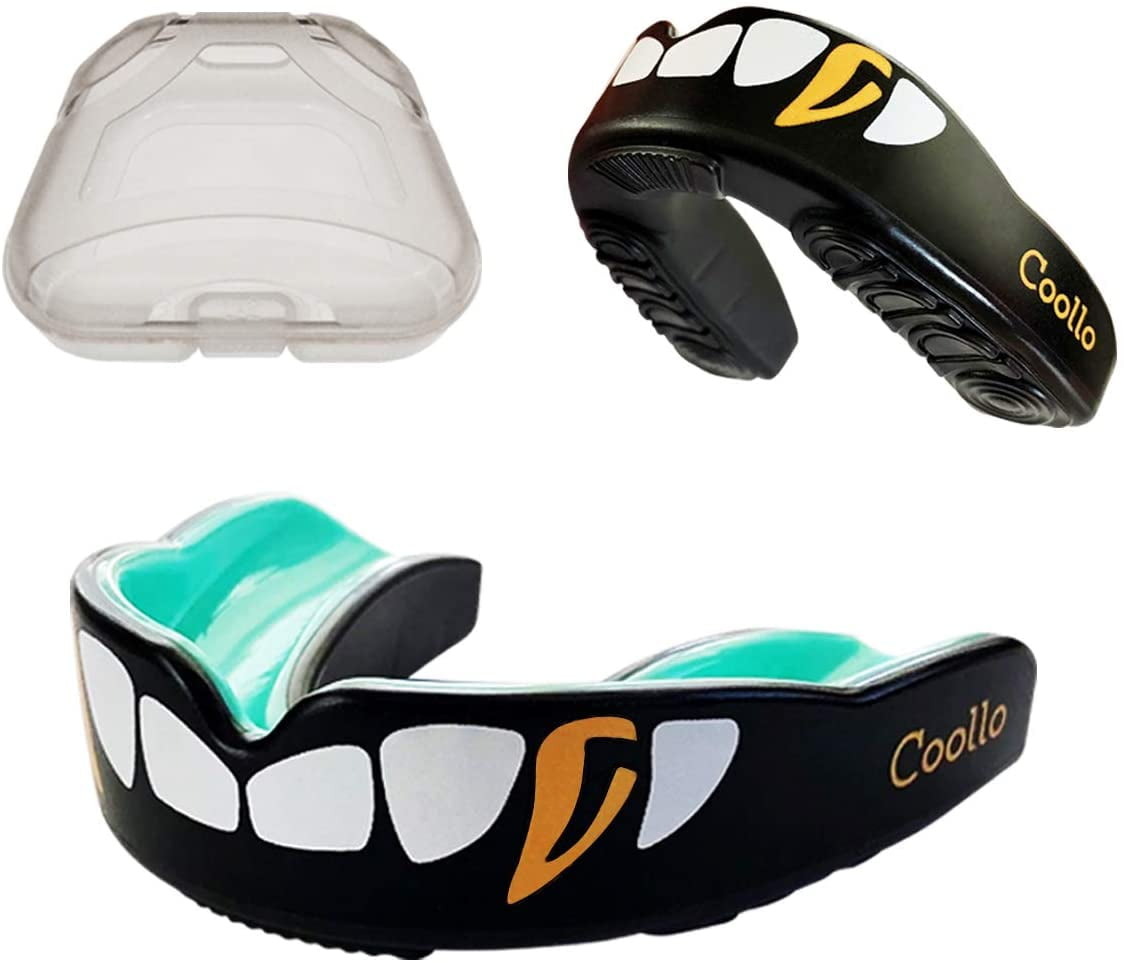How Do You Boil A Mouthguard

Boiling your mouthguard improperly can ruin its fit and protective capabilities, leaving athletes vulnerable to injury. Follow these urgent guidelines to ensure a safe and effective molding process.
Immediate Risks of Improper Boiling
Incorrect boiling can permanently distort the mouthguard. This renders it useless and potentially harmful. Don't risk your safety; follow these steps carefully.
Essential Equipment
You will need a clean pot, water, a timer, a slotted spoon, and a mirror. Ensure all materials are readily available before starting the process.
A clean bowl filled with cold water is also crucial for the final stage. Have it prepared and within easy reach.
Step-by-Step Boiling Instructions
First, bring water to a rolling boil in the clean pot. The amount of water should be sufficient to fully submerge the mouthguard.
Remove the pot from the heat source. Allowing the water to cool slightly before proceeding is important.
Carefully place the mouthguard into the hot water. Keep the mouthguard submerged for the specified time.
The recommended time varies based on the mouthguard type, generally 15-30 seconds. Always refer to the manufacturer's instructions first.
Use the slotted spoon to carefully remove the mouthguard from the hot water. Avoid touching the hot plastic directly.
Immediately place the softened mouthguard into your mouth. Center it on your upper teeth.
Bite down firmly, but not forcefully, to mold the mouthguard. Use your fingers to press the edges against your teeth and gums.
Maintain this position for approximately 20-30 seconds. This ensures a proper and customized fit.
Remove the mouthguard and immediately place it in the bowl of cold water. Allow it to cool and harden for at least 30 seconds.
Check the fit. If the mouthguard feels uncomfortable or doesn't fit securely, repeat the boiling and molding process.
Troubleshooting Common Issues
If the mouthguard is too hot to handle, allow it to cool slightly before placing it in your mouth. Burning your mouth is a significant risk.
If the mouthguard becomes too hard to mold, you may have waited too long. Re-boil it for a few seconds to soften it again.
Uneven molding may occur if you didn't apply even pressure. Repeat the molding process and focus on uniform pressure distribution.
Critical Safety Precautions
Never leave the boiling water unattended. This is a critical safety precaution to prevent accidents.
Always supervise children during the boiling and molding process. Burns are a serious risk for unsupervised children.
If you have any doubts or concerns, consult with a dental professional. They can provide personalized guidance and ensure a safe outcome.
Expert Opinions and Data
According to the American Dental Association (ADA), properly fitted mouthguards are essential for preventing sports-related dental injuries. A study published in the Journal of the American Dental Association showed that athletes who don't wear mouthguards are 60 times more likely to sustain dental damage during contact sports.
Dr. Emily Carter, a leading sports dentist, emphasizes the importance of following the manufacturer's instructions. "Each mouthguard is made from a specific material, and the boiling time needs to be precise to achieve the best fit without damaging the guard," she explains.
Data from the National Federation of State High School Associations (NFHS) highlights the prevalence of dental injuries in high school sports. Using a properly fitted mouthguard dramatically reduces this risk.
Ongoing Developments and Updates
Researchers are continuously working on developing more advanced mouthguard materials. Future mouthguards may require different fitting procedures.
Stay updated on the latest guidelines from the ADA and your mouthguard manufacturer. They provide the most current recommendations for safe and effective fitting.
Regular dental check-ups are essential to monitor the fit and condition of your mouthguard. Ensure it continues to provide optimal protection.
Consider investing in custom-fitted mouthguards from your dentist. These provide superior protection and comfort compared to boil-and-bite options.
Immediate Action Required
Review the manufacturer's instructions for your specific mouthguard model immediately. This is a critical first step to ensure a safe and effective molding process.
Check the mouthguard for any signs of damage or wear before each use. Replace it immediately if you notice any cracks, tears, or other issues.
Following these guidelines can significantly reduce the risk of injury and ensure your mouthguard provides optimal protection. Prioritize your safety.




